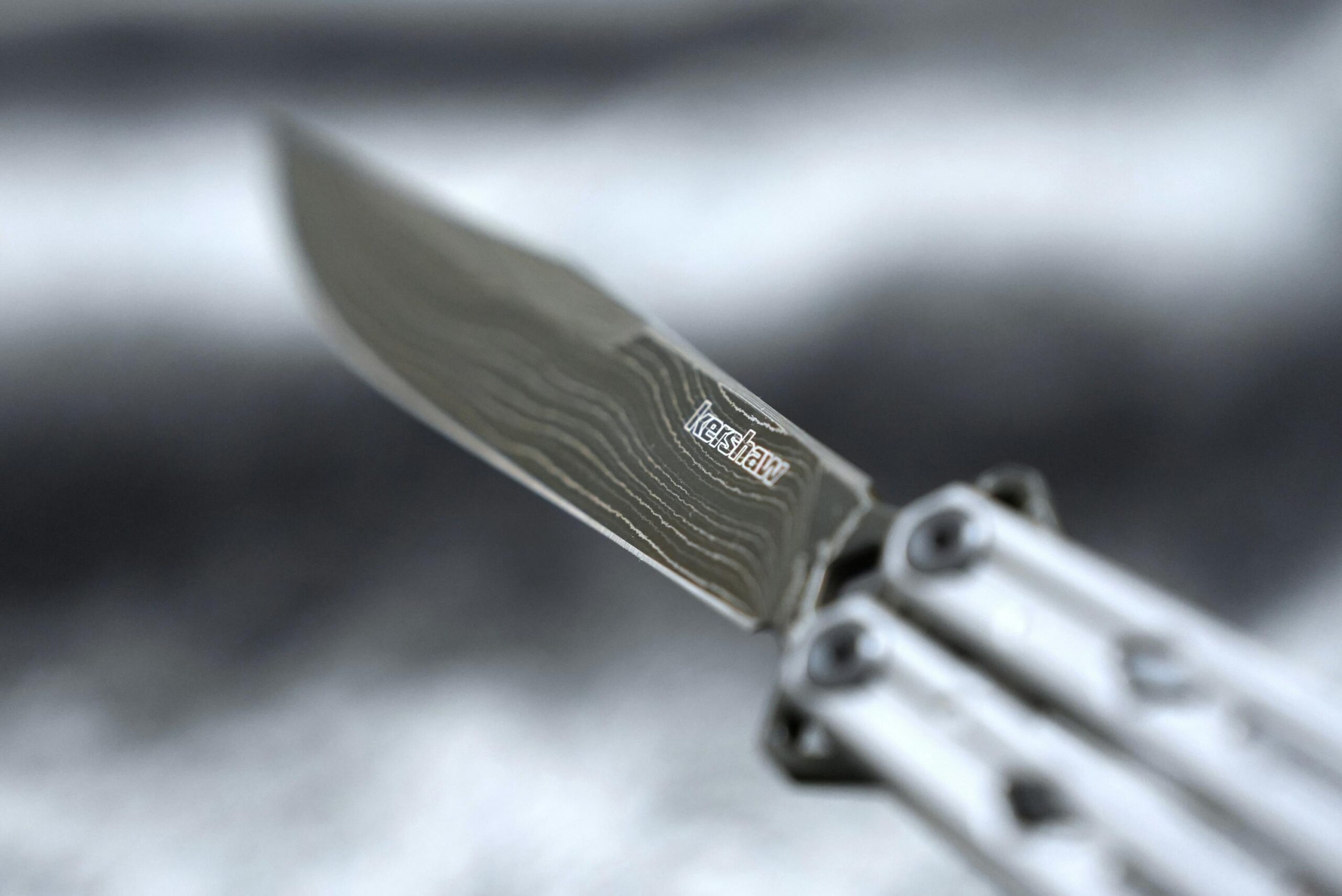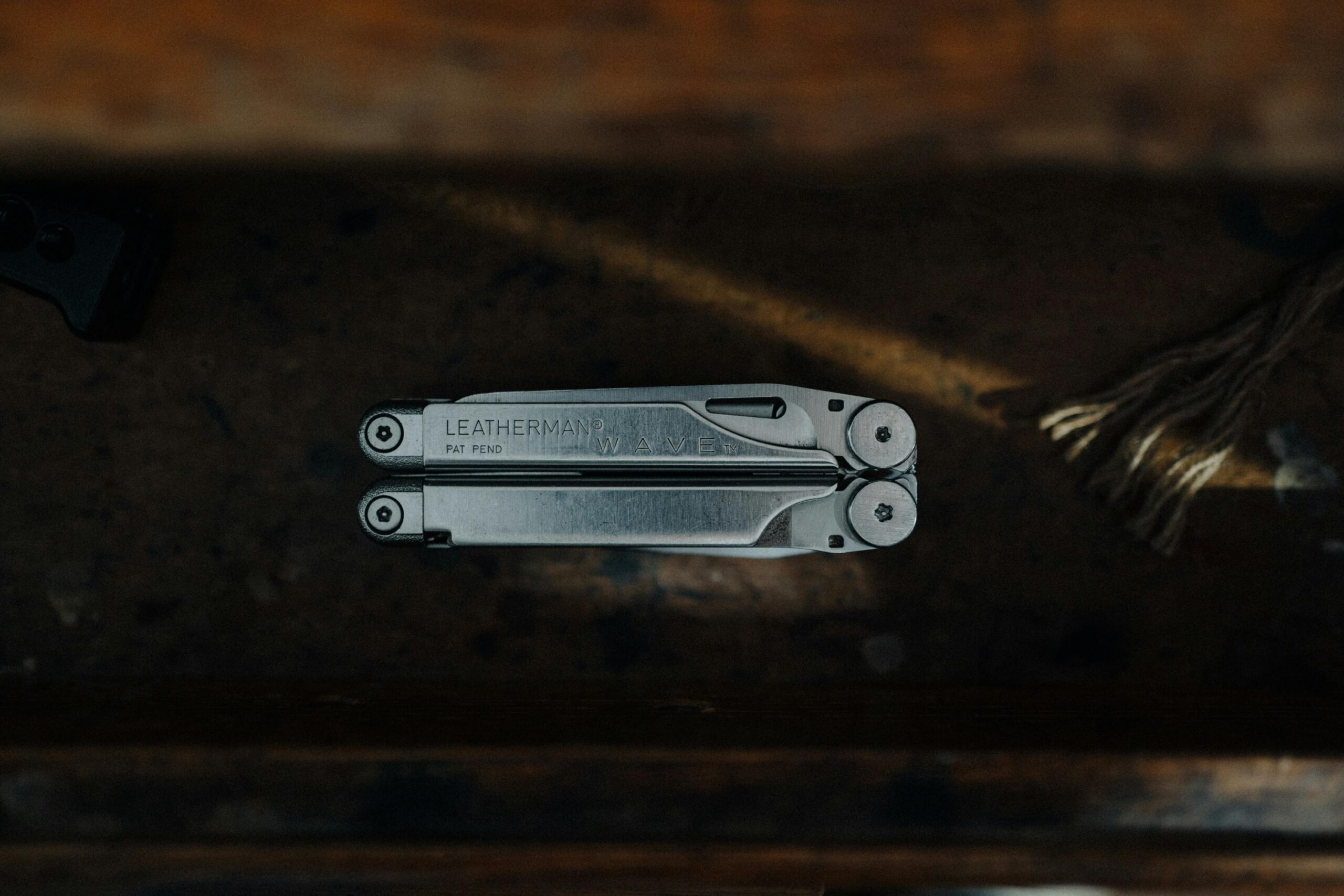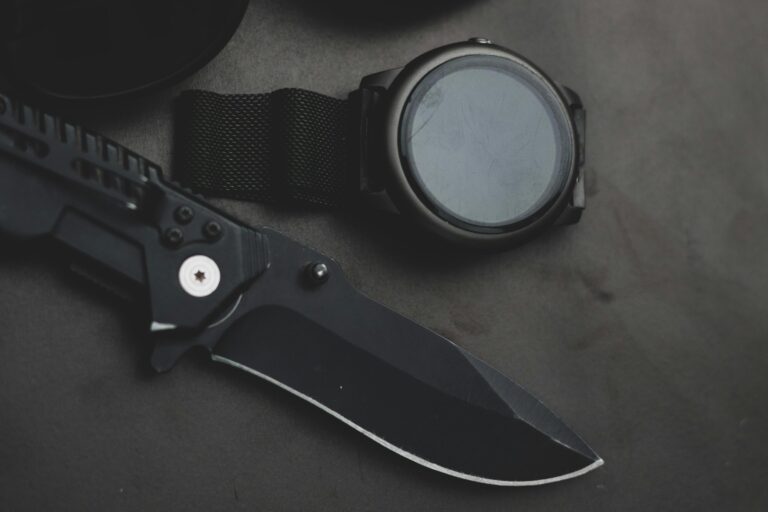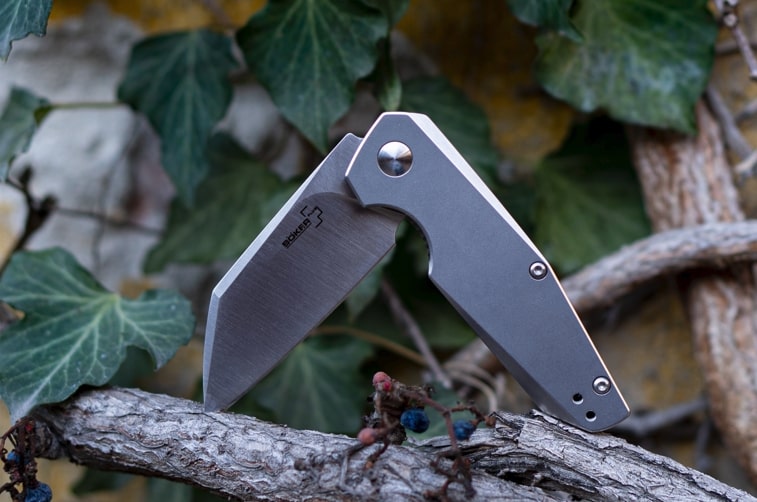If you’ve ever seen a knife flip open with a flash of metal, spinning smoothly between someone’s fingers before locking into place, you’ve likely witnessed a balisong in action. Also known as a “butterfly knife,” the balisong is more than just a tool—it’s a blend of utility, craftsmanship, and skill. But what exactly is a balisong, and why does it hold such a unique place in knife culture? Let’s break down its history, design, uses, and more.
What Is a Balisong? A Basic Definition
A balisong is a folding knife characterized by two handle halves (scales) that pivot around the blade, allowing it to be opened, closed, and manipulated with a series of flipping, spinning, or twirling motions. Unlike traditional folding knives, which rely on a single pivot or liner lock, balisongs use a central pivot system that connects the blade to the two handle scales. When closed, the blade is safely encased between the handles; when open, the handles lock into place to form a sturdy grip.
The term “balisong” comes from the Tagalog language of the Philippines, where the knife originated. Its nickname, “butterfly knife,” stems from the way the handles flutter open and closed, resembling a butterfly’s wings in motion.
Buy Wholesale Knives and Start Scaling up with Us Today
Contact us and connect with a sales rep to get a free quote.
The History of Balisongs: Origins and Evolution

Balisongs trace their roots to the Philippines, where they were first crafted centuries ago, possibly as early as the 18th century. Originally, they served as practical tools for farmers, hunters, and fishermen—used for tasks like cutting rope, preparing food, or clearing brush. Their folding design made them easy to carry, while the durable blade (often forged from local steel) stood up to hard use.
Over time, the balisong evolved beyond utility. Filipino warriors and martial artists began incorporating it into combat training, using its quick-opening mechanism for self-defense. The knife’s maneuverability became a point of pride, with users developing intricate flipping techniques to showcase skill and speed.
By the 20th century, balisongs gained global attention, especially in the United States. Soldiers stationed in the Philippines during World War II and the Vietnam War brought them back, sparking interest in their unique design. Today, they’re celebrated worldwide for both their functionality and the art of “balisong flipping”—a hobby that combines dexterity, precision, and creativity.
Anatomy of a Balisong: Key Parts and Design
To understand how a balisong works, let’s break down its core components:
- Blade: The sharpened, functional part of the knife. Blades vary in length (typically 3–5 inches) and shape, with common styles including drop-point, tanto, or clip-point. High-quality balisongs use durable steel like D2, 1095, or Damascus for sharpness and longevity.
- Handle Scales: The two halves of the handle that pivot around the blade. They’re often made from materials like wood, G-10, aluminum, or even bone, and may feature textures for grip.
- Pivots: Metal pins that connect the blade to the handle scales, allowing smooth rotation. Precision pivots are critical for easy flipping and stable locking.
- Latch/Lock: A mechanism that secures the handles when the knife is open or closed. Common types include “tang locks” (a small metal piece on the blade that engages the handle) or “spring latches” (a spring-loaded button to release the handles).
- Spacers: Small pieces between the handle scales that ensure even spacing and reduce friction during movement.
This design makes balisongs highly customizable—collectors and enthusiasts often modify handles, blades, or pivots to enhance performance or aesthetics.
Buy Wholesale Knives and Start Scaling up with Us Today
Contact us and connect with a sales rep to get a free quote.
What Are Balisongs Used For?

While their origins are practical, modern balisongs serve multiple purposes:
- Utility: Many users still rely on balisongs for everyday tasks, from opening packages to camping chores. Their compact size and strong blade make them versatile tools.
- Self-Defense: The quick-opening flip allows for rapid deployment, making them popular for personal protection (though legal restrictions often apply—more on that below).
- Flipping/Performance: For many, balisong flipping is a sport or art form. Enthusiasts practice tricks like “aerial flips,” “rollovers,” and “transfers” to master fluid, impressive sequences. Competitions and online communities (like Reddit’s r/balisong) showcase these skills.
- Collecting: Handcrafted or limited-edition balisongs, especially those with unique materials (e.g., Damascus steel, exotic wood handles), are highly sought-after by collectors.
Balisong Laws: What You Need to Know
Balisongs are legal in many places, but their association with “switchblades” or weapons has led to restrictions in some regions. Laws vary widely, so always check local regulations before buying or carrying one:
- United States: Federal law doesn’t ban balisongs, but state and local laws differ. For example, California, New York, and Illinois restrict or ban them entirely, while states like Texas and Florida allow them with age limits (usually 18+).
- Europe: In the UK, balisongs are classified as “offensive weapons” and illegal to carry in public without a valid reason. Countries like Germany and France have similar restrictions.
- Asia: In the Philippines (their birthplace), balisongs are legal to own but require registration. Japan and Singapore ban them outright.
Always verify laws in your area—ignorance can lead to fines, confiscation, or legal trouble.
Balisong Flipping: A Hobby and Community
Balisong flipping has grown into a global subculture. Enthusiasts share tutorials, compete in tournaments (like the World Balisong Championship), and design custom knives optimized for tricks. Flipping isn’t just about show—it builds hand-eye coordination, patience, and fine motor skills.
For beginners, starting with a “trainer” balisong is recommended. These have blunt, unsharpened blades, allowing safe practice without the risk of injury. Popular trainer brands include Benchmade, Squid Industries, and BRS (Butterfly Knife Solutions).
Buy Wholesale Knives and Start Scaling up with Us Today
Contact us and connect with a sales rep to get a free quote.
Why Balisongs Remain Popular
Balisongs endure because they bridge function and art. They’re practical tools for everyday use, reliable for self-defense (where legal), and a canvas for craftsmanship. For enthusiasts, the challenge of mastering flips and the community around the hobby add to their appeal. Whether you’re a collector, a hobbyist, or someone seeking a unique tool, the balisong’s blend of history and versatility makes it a timeless icon.
In short, a balisong is more than a knife—it’s a tradition, a skill, and a passion. From its humble origins in the Philippines to its global fame today, it continues to captivate anyone who appreciates precision, design, and the art of the flip. If you’re looking to bring your balisong vision to life—whether for personal use, a collection, or business—Leeknives is here to help. We specialize in custom balisong solutions, offering tailored designs, OEM manufacturing, and wholesale options to meet your needs.
Frequently Asked Questions (FAQs)
What blade steel is best for a balisong?
For durability and sharpness, high-carbon steels like 1095 or D2 are popular choices—they hold an edge well and stand up to heavy use. Damascus steel is favored for its unique pattern, though it requires more maintenance to prevent rust.
Can I carry a balisong for everyday use?
It depends on local laws. In regions where balisongs are legal, they make practical EDC tools for tasks like cutting rope or opening packages. Always check your area’s regulations first, and prioritize a compact, lightweight model for daily carry.
What’s the difference between a balisong trainer and a real balisong?
Trainers have blunt, unsharpened blades (often made of plastic or stainless steel) to prevent injury during practice. They mimic the weight and balance of real balisongs, making them ideal for learning tricks before moving to a sharpened version.







